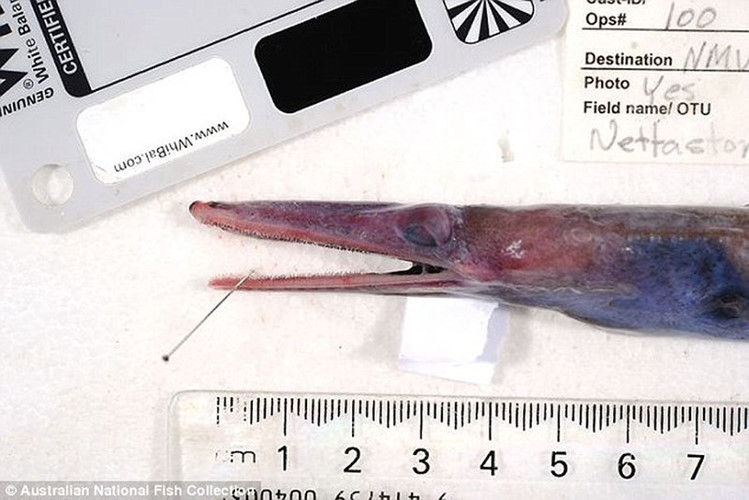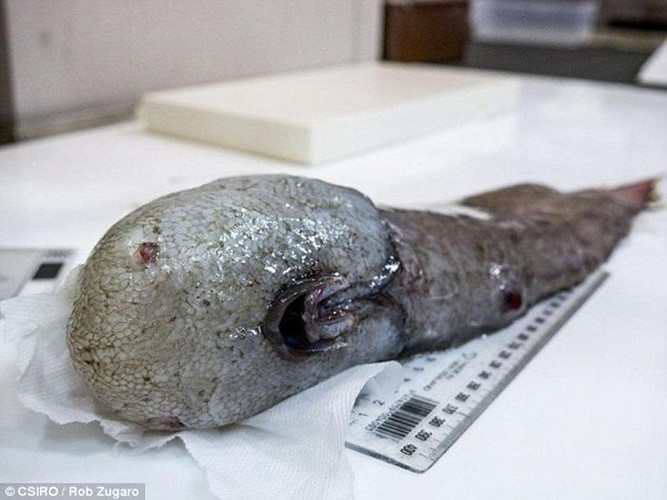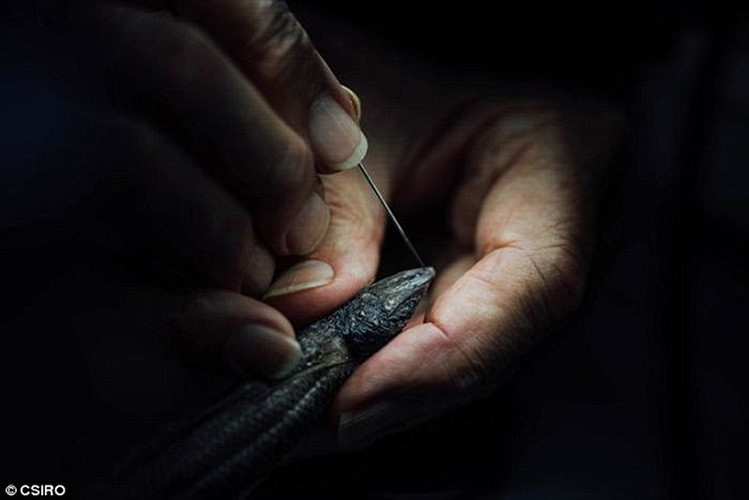The monsters in the deep sea 4.800m in Australia
The 4.800m deep sea fishing expedition in Australia found many, never before recorded.
Scientists studying deep-sea creatures found five new species from 42,747 fish and invertebrate specimens collected from a depth of 4,800m in the journey to explore the east coast of Australia , ABC yesterday. believe.
Specimens were collected by the research vessel.(Video: ABC).
John Pogonoski, a fisheries scientist at the Australian Federal Research and Industry Organization (CSIRO), said it was an attempt to document, photograph and analyze the DNA of deep-sea creatures. He also called the research expedition "border science". "It is a new breakthrough. We are considering species that have never been previously recorded in Australian waters , " Pogonoski said.
The process of inquiry requires researchers to collect as much tangible data as possible. 100 different species collected from the expedition are being studied at CSIRO. Of the 100 species, 10 species were first encountered in Australia."Two basketwork eels may be new species. There is also an eelpout fish and duckling eel that seems to be unspecified , " Pogonoski said.

A fish specimen living in the deep sea has an odd shape.(Photo: CSIRO).

The duckbill eel is also a newly discovered species this time.(Photo: CSIRO).

Faceless fish are found by scientists during this study.(Photo: CSIRO).

A new creature that looks like salamanders.(Photo: CSIRO).

New marine life is like a worm.(Photo: CSIRO).
"The eastern sea area is the habitat is the largest and deepest habitat on the planet. Occupying half the world's oceans and one third of Australia, this is still the least explored environment on Earth" , Dr. Tim O'Hara, a marine invertebrate scientist, senior manager at Victoria Museum, said.
The one-month excursion brings together scientists and researchers from the Victoria Museum. Departing from Tasmania, the explorer ship finished its journey after docking in Brisbane.
- The mysterious 'monster worm' appeared on the glacier
- The most bizarre deep sea monsters on Earth
- Bunyip - The extinct monster in Australia
- Photos of 'alien monsters' under the sea have returned and horror than before
- Scary aquatic monsters on Earth
- Monstrous, unseen monster, whose feet drifted off the coast of Australia
- The reason people always like to watch stories about sea monsters
- The video shows an unprecedented deep freak monster
- Deep sea monster with strange sharp teeth throughout
- Exotic monstrous monsters with many ngoe nguoi tentacles appeared at the coast of Australia
- The most frightening 'monsters' in Russian legends
- Video: Detecting a sea monster 30m long
 Surprised: Fish that live in the dark ocean still see colors
Surprised: Fish that live in the dark ocean still see colors Japan suddenly caught the creature that caused the earthquake in the legend
Japan suddenly caught the creature that caused the earthquake in the legend A series of gray whale carcasses washed ashore on California's coast
A series of gray whale carcasses washed ashore on California's coast Compare the size of shark species in the world
Compare the size of shark species in the world